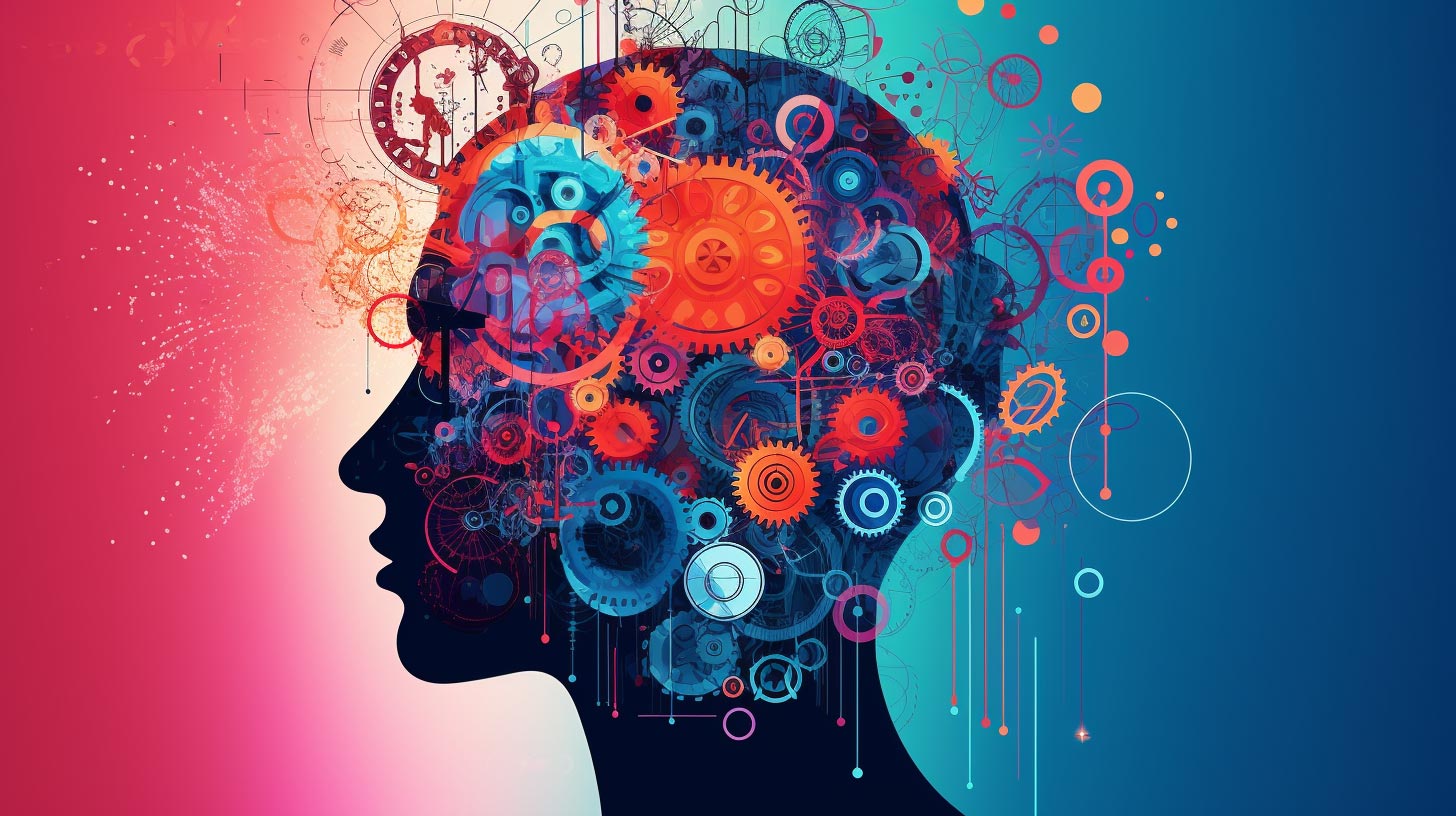Artificial intelligence (AI) has emerged as a transformative technology with the potential to revolutionize various industries and aspects of our daily lives. However, the complex terminology and concepts associated with AI can often be daunting and create barriers to understanding.
In order to navigate this rapidly evolving field and harness its full potential, it is essential to have a comprehensive understanding of the key terms and concepts of AI.
In this article, titled ‘Demystifying AI: Your Ultimate Guide to Understanding Artificial Intelligence,’ we aim to unravel the intricacies of AI and provide readers with a comprehensive guide to deciphering the jargon. By delving into machine learning approaches, human-AI interaction, and AI governance, we seek to equip readers with the knowledge necessary for informed discussions, better decision-making, and staying up-to-date with the latest developments in the world of AI.
With AI being at the forefront of innovation, it is crucial for individuals and organizations to grasp the fundamental concepts and principles that underpin this technology. By demystifying AI, we aim to empower our readers with the tools they need to navigate the AI landscape, understand its potential applications, and contribute to its responsible and ethical development.
Through this ultimate guide, we invite our readers to embark on a journey of understanding, discovery, and innovation in the realm of artificial intelligence.
Key Takeaways
- The article provides a comprehensive guide to key artificial intelligence terms and concepts, helping readers decode AI jargon.
- Various terms related to human-AI interaction, machine learning approaches, artificial neural networks, and AI systems and applications are explained.
- The article covers important machine learning approaches such as supervised learning, unsupervised learning, and semi-supervised learning.
- It explores different artificial neural networks including neural networks, artificial neural networks (ANNs), convolutional neural networks (CNNs), recurrent neural networks (RNNs), and more.
Key AI Terms
This article aims to provide a comprehensive understanding of key AI terms by decoding AI jargon and explaining various terms related to human-AI interaction, machine learning approaches, artificial neural networks, and AI systems and applications.
One important AI term is Natural Language Processing (NLP), which involves the interaction between computers and human language. NLP allows machines to understand, interpret, and generate human language, enabling tasks such as language translation, sentiment analysis, and chatbots.
Deep Learning is another crucial concept in AI, which involves the use of artificial neural networks with multiple layers to learn and extract high-level representations from complex data. Deep Learning has been highly successful in various domains, including image recognition, speech recognition, and natural language understanding. It has revolutionized AI by enabling machines to automatically learn and improve from large amounts of data, leading to breakthroughs in areas such as self-driving cars, medical diagnosis, and personalized recommendation systems.
Understanding key AI terms such as NLP and Deep Learning is essential in keeping up with the latest developments and participating in informed discussions about artificial intelligence. As AI continues to advance, these terms play a significant role in shaping AI systems and applications.
With NLP, machines can communicate with humans in a more natural and intuitive way, opening up possibilities for improved human-AI collaboration and AI-assisted decision-making. Deep Learning has enabled AI systems to achieve unprecedented performance in various complex tasks, allowing them to perceive and understand the world in ways that were previously only possible for humans.
By demystifying these key AI terms, individuals can better grasp the potential and implications of artificial intelligence, leading to more effective utilization and responsible development of AI technologies.
Machine Learning Approaches
Machine learning approaches, such as supervised learning, unsupervised learning, and semi-supervised learning, enable the extraction of patterns and insights from data by utilizing algorithms and statistical models.
Supervised learning is a machine learning technique where a model is trained on labelled data, meaning the input data is paired with corresponding output labels. The goal is for the model to learn the mapping between the input and output variables, allowing it to make predictions on new, unseen data. This approach is commonly used for tasks such as classification, where the model predicts discrete class labels, or regression, where the model predicts continuous values. By providing the model with labelled data, supervised learning allows for the creation of accurate and reliable predictive models.
On the other hand, unsupervised learning is a machine learning technique where the model is trained on unlabeled data. The objective is to discover patterns, structures, and relationships within the data without any predefined output labels. The model learns to identify similarities and differences in the data, grouping similar data points together and separating dissimilar ones. Unsupervised learning is often used for tasks such as clustering, where the model groups similar data points together, or dimensionality reduction, where the model reduces the number of input features while retaining important information. This approach is particularly useful when dealing with large, unstructured datasets, as it can reveal hidden patterns and provide valuable insights without the need for manual labelling.
Machine learning approaches like supervised learning and unsupervised learning play a crucial role in extracting meaningful information from data. Supervised learning enables accurate predictions by training models on labelled data, while unsupervised learning uncovers hidden patterns and structures in unlabeled data. These approaches are fundamental in the field of artificial intelligence and pave the way for advancements in various domains, including image and speech recognition, natural language processing, and data analysis.
Human-AI Interaction
The field of human-AI interaction explores the dynamics and complexities of the relationship between humans and artificial intelligence systems.
One aspect of this interaction is Conversational AI, which focuses on developing AI systems that can engage in natural and meaningful conversations with humans. Conversational AI involves the use of Natural Language Processing (NLP) techniques to understand and generate human language, allowing AI systems to understand user queries and provide relevant responses. This technology has been widely used in virtual assistants, chatbots, and customer service applications, enabling users to interact with AI systems in a more intuitive and convenient manner.
Another important aspect of human-AI interaction is AI-assisted decision-making. With the increasing complexity and volume of data, AI systems can assist humans in making informed decisions by analyzing and interpreting large amounts of information. These systems leverage machine learning algorithms and data analytics techniques to identify patterns, trends, and correlations in data, providing valuable insights for decision-making processes. AI-assisted decision-making has applications in various domains, including finance, healthcare, and business strategy. However, it is important to strike a balance between human judgment and AI recommendations, as human oversight is crucial to ensure ethical and responsible decision-making.
Understanding the dynamics of human-AI interaction is essential for the successful integration of AI systems into various domains and for designing AI systems that are user-friendly, transparent, and trustworthy.
Frequently Asked Questions
What are the potential risks and concerns associated with the development and implementation of artificial intelligence?
One potential risk of artificial intelligence is the ethical implications it raises. For example, facial recognition technology has been criticized for its potential to infringe on privacy rights and facilitate surveillance. Additionally, AI has the potential to disrupt job markets and lead to job displacement.
How can businesses effectively integrate artificial intelligence into their existing operations and processes?
Implementing AI into existing operations and processes can be achieved through effective AI integration strategies. This entails identifying suitable use cases, assessing data requirements, selecting appropriate AI technologies, ensuring organizational readiness, and addressing ethical and regulatory considerations.
Are there any ethical considerations that need to be taken into account when using artificial intelligence?
Ethical implications and social impact are crucial considerations when using AI. It is imperative to assess potential biases, privacy concerns, and the impact on employment. Transparency, fairness, and accountability should be prioritized to ensure the responsible and beneficial use of AI.
What are some of the limitations and challenges of current artificial intelligence technologies?
Current artificial intelligence technologies face limitations and challenges, including ethical implications such as bias and privacy concerns. However, future advancements hold promise in addressing these issues and improving AI’s capabilities and impact on society.
How can individuals and organizations ensure the transparency and accountability of artificial intelligence systems and algorithms?
Ensuring fairness and addressing bias in AI systems and algorithms can be achieved through various measures such as data preprocessing, algorithmic transparency, diversity in the development team, and robust evaluation frameworks.








Leave a Reply